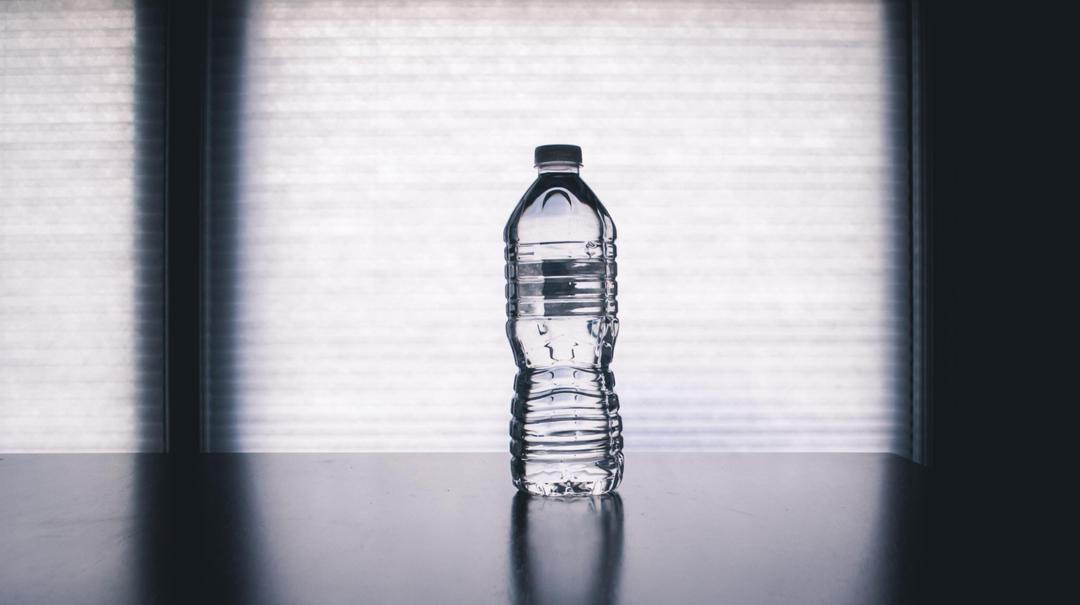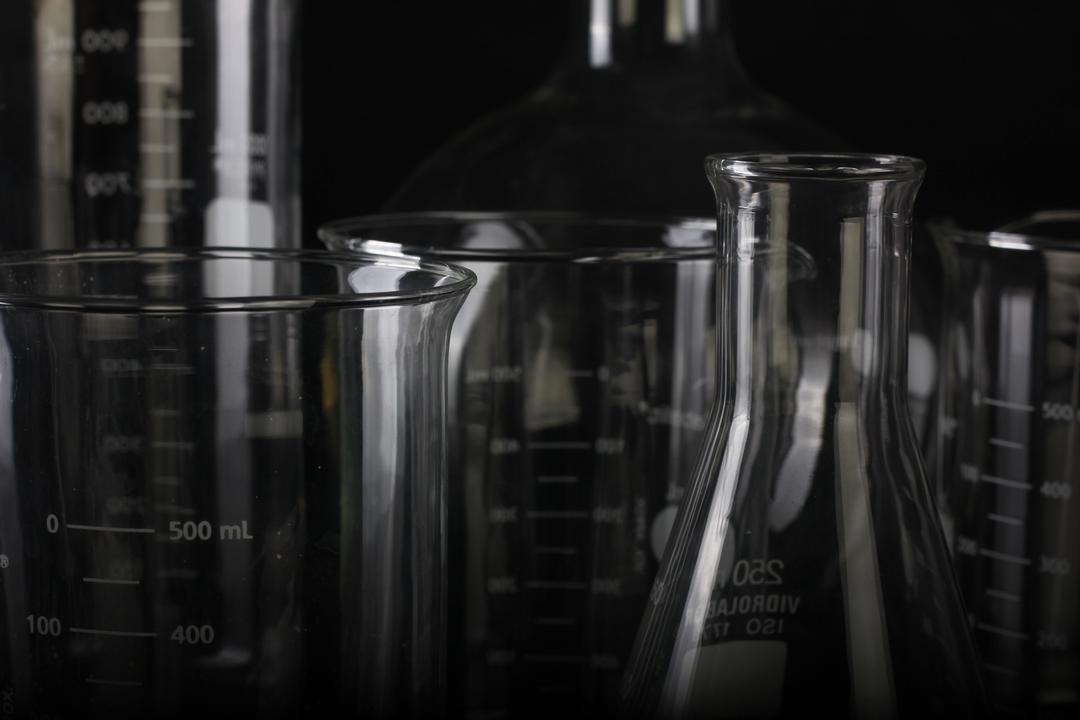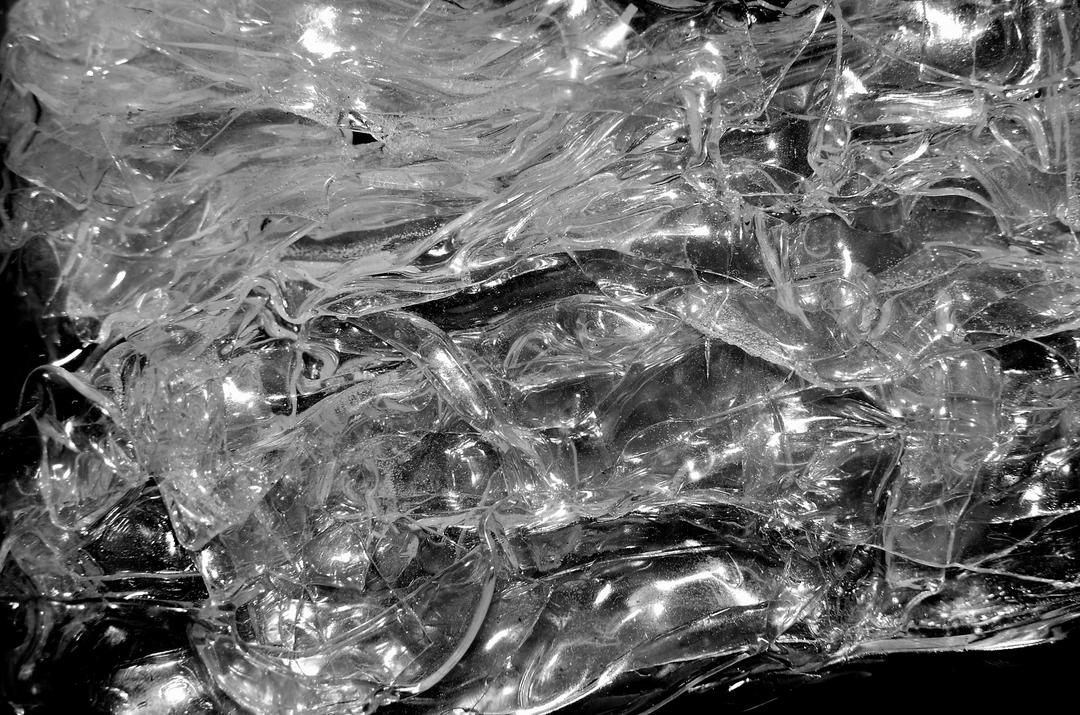With most single-use plastics bypassing recycling plants and heading straight to landfills, microplastics are leaching into our ecosystems at alarming rates.
Single-use plastic production is at an all-time high, increasing from just 1.5 million metric tons in 1950 to over 390 million in 2021. And worrying trends reveal that production rates aren't slowing down anytime soon, with experts predicting production levels will double by 2050.
With most single-use plastics bypassing the recycling plants and heading straight to landfills, microplastics are leaching into our delicate ecosystems at alarming rates.
Plastic pollution poses a considerable risk to both environmental and human health through the prevalence of microplastic particles infiltrating our waterways and finding their way into our drinking water sources daily.
So, just how prevalent are these tiny microplastics? And what do the studies say about their impact on public health? It might surprise you to learn that North American waterways are some of the world's most heavily plastic-polluted water sources and that the long-term health risks of microplastic ingestion are still largely unknown. Let's explore this and more as the topic of microplastics in drinking water continues to unfold.






